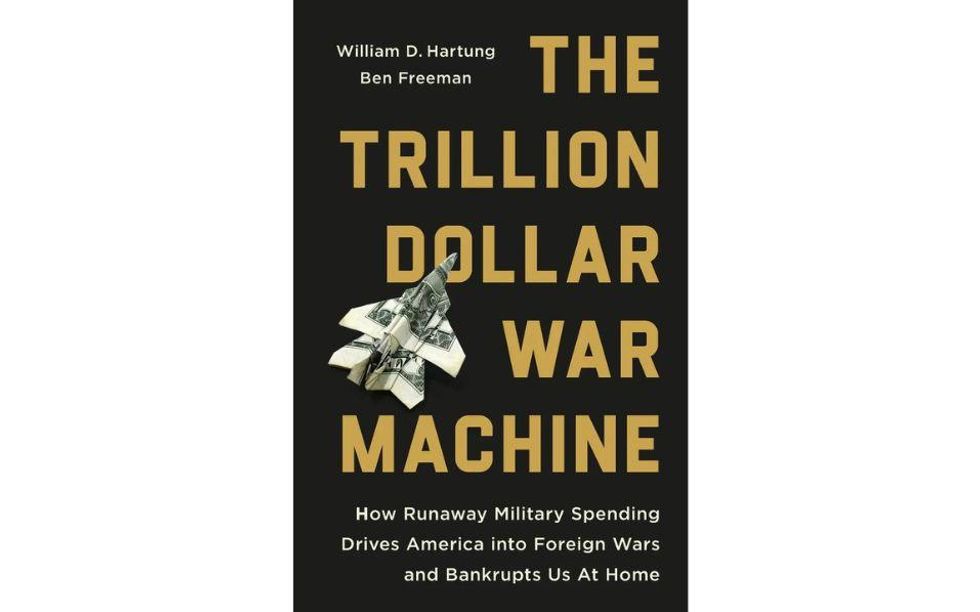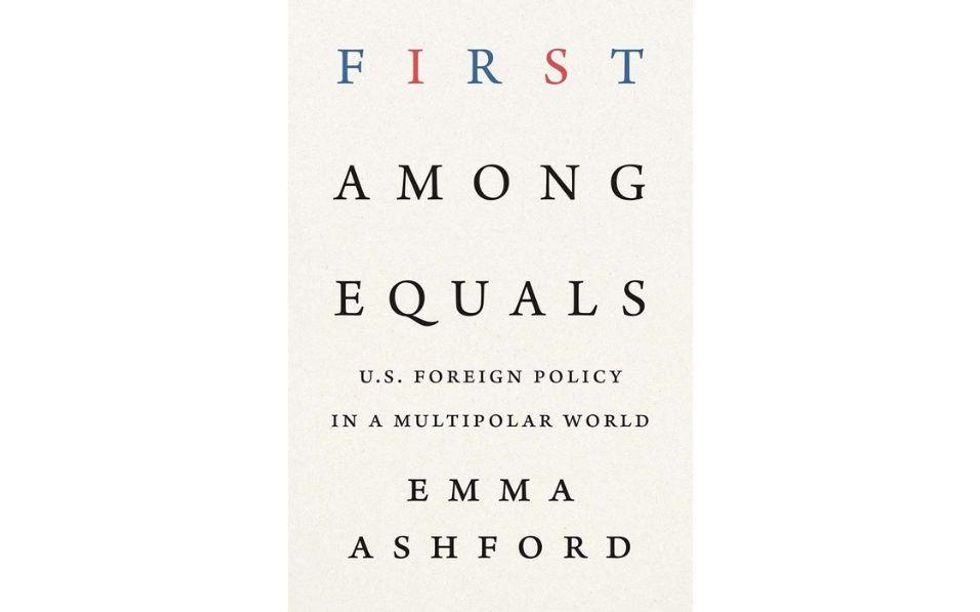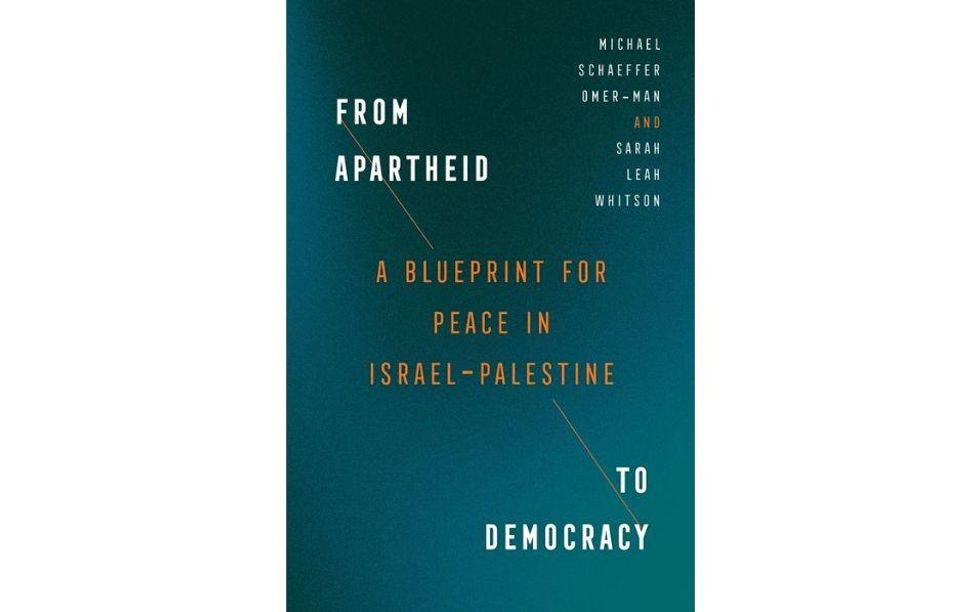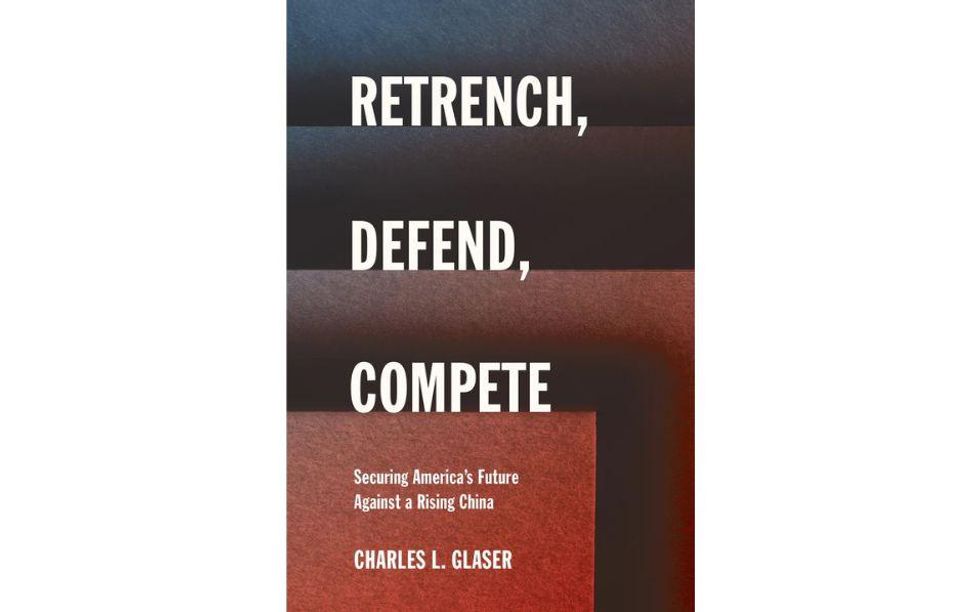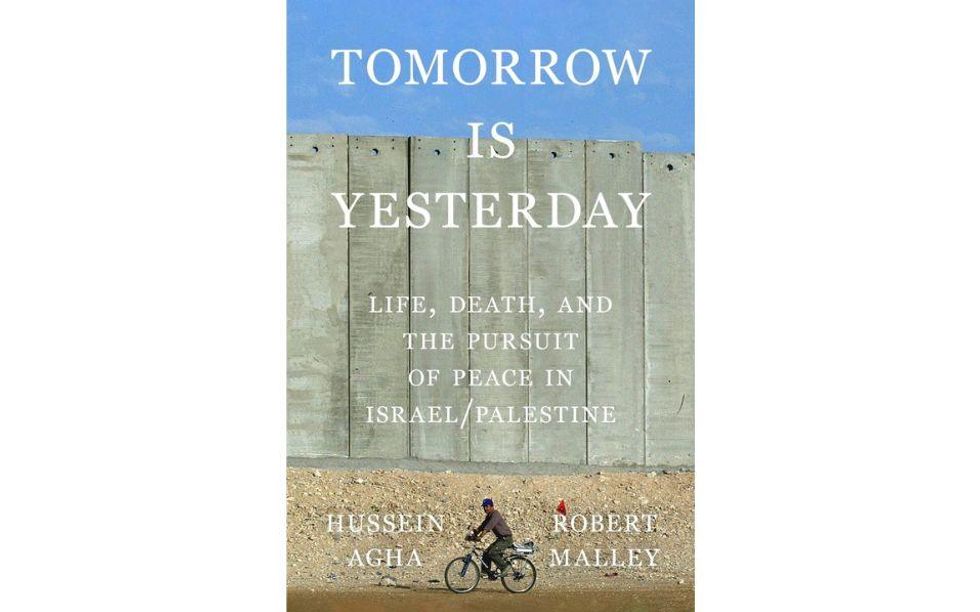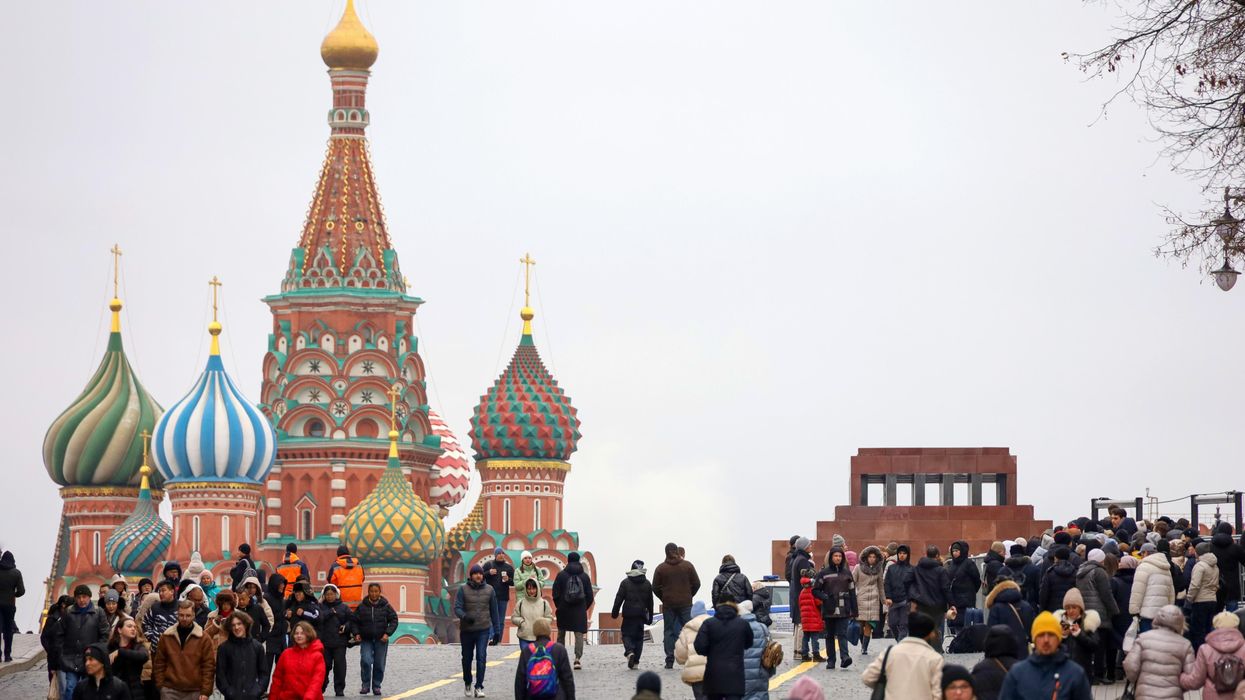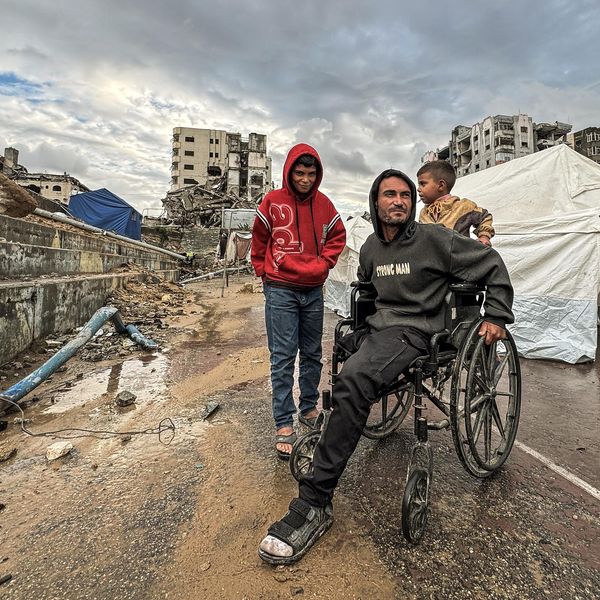One of the most important outcomes of the Joint Comprehensive Plan of Action — signed in 2015 between the U.S., Russia, China, Great Britain, France, Germany, and Iran — is the planned expiration of a U.N. arms embargo imposed on the Islamic Republic. The first major sanctions on Iran were adopted by the U.N. Security Council in March 2007, and reinforced in June 2010 with a U.N. embargo on the export of most major conventional weapons to Iran.
In May 2018, President Donald Trump withdrew the United States from JCPOA. However, due to Trump’s “maximum pressure,” it is a legitimate question whether the White House can convince or force the U.N. Security Council member states to extend the U.N. arms sanctions. But there is another question which has not been asked often enough in recent days. Even if all limitations are lifted, is Iran willing to spend billions of U.S. dollars on conventional arms? Second, if some procurements are made, which purchases are the most likely?
The answer to the first question is rather simple and most likely negative. Iranian defense doctrine is not based on technology but rather manpower. Iran’s approach, known as “mosaic defense,” relies on the idea of irregular, passive, hit-and-run tactics oriented towards attrition. Additionally, even if Iran procured hundreds of new tanks and dozens of advanced aircraft, it would still not be able to compete with the United States. As it was concluded in a research paper on Iran’s defense doctrine, “two wars in the Persian Gulf, 1991 and 2003, would confirm Tehran's opinion that even numerous armored divisions will not necessarily provide victory over the Americans. Despite relatively large armored forces, Saddam Hussein's army was easily defeated.” Third, new tanks, armored vehicles, and jet fighters would not be useful in Iran’s regional activities from the Golan Heights to Iraq and Yemen.
Furthermore, there is also a financial constraint. Modern conventional military systems are technologically advanced but at the same time very expensive. For example, according to press information from November 2019, India paid roughly $2.8 billion for 464 T-90MS tanks — which are also reportedly offered to Iran — while Thailand paid approximately $213 million just for 39 VT-4 tanks, supplied by China. Su-35 multirole fighters, which would significantly enhance Iran’s air defense and strike capabilities, are also costly. Indonesia was supposed to pay $1.14 billion for just 11 aircraft.
“Mosaic defense” does not mean that Iran would not be tempted to buy some systems in order to replace its antique hardware and to reduce the variety of systems it possesses — one of problems of the Iranian military is that it has too many types of tanks, armored vehicles, and aircraft, which makes logistics and maintenance much more complicated and costly.
Even countries with a guerilla-style military strategy needs some conventional systems. Most of Iran’s military assets were either procured by the Shah or acquired in the 1980s and 1990s. By modern standards, they are simply obsolete. Iranian engineers are undoubtedly very skillful, and are masters in keeping those old tanks and aircraft in relatively good condition. But they are not magicians. In many cases, the service lives of those assets have expired a long time ago. Due to wear and lack of spare parts, they cannot be overhauled anymore, and definitely not upgraded.
In other words, Iran simply lacks the financial resources, experience, and capabilities to design highly advanced and complex systems alone, and therefore at some point it will have to either import “off-the-shelf” products — even if in limited numbers — or acquire technology, which would be a much better solution as it would also benefit its domestic defense industry.
A good example is the Karrar tank, although it is definitely not “superior to the T-90”, as Iranian propaganda has stated. This is not even a new tank, but rather a modernization of the T-72 tank. However, despite the age of its base construction, the Karrar modernization package could be a good solution for Iran’s obsolete armor brigades, which desperately need better tanks. Russia in particular could be a supplier of modern technologies, which Iran cannot develop indigenously but are indispensable for a project like Karrar. This includes tank engines, modern armor, digital fire control systems, observation sensors for tank crew, guns and effective munitions able to penetrate the latest generation of enemy tanks from a far distance.
Foreign help would be crucial also in procuring much needed anti-tank capabilities. Such a broad acquisition philosophy was quite successful in the past, when Iran procured licensed technologies of Russian 9M119 Refleks anti-tank guided missiles or the Kontakt reactive armor for tanks. Reports that Iran might buy up to 150 Chengdu J-10 fighters are rather false — Tehran simply has no money for such a large acquisition which would include not only aircraft, but also additional equipment, missiles, trainings of pilots and ground crew, and multi-million dollar investments in supply systems within Iran. But it does not mean that, when sanctions are lifted, Iran would not acquire particular technologies, such as new missiles, radars, engines, avionics or communications, rather than complete systems.
When sanctions are lifted, Iran might be interested in procuring some niche technologies, such as C4ISR — Command, Control, Communications, Computers, Intelligence, Surveillance and Reconnaissance — or Electronic Warfare systems. That was Iran’s strategy in the past, when Tehran procured hardware that does not bring public attention but is highly useful. That applies to the Kolchuga electronic warfare system as well as the Kvant 1L222 Avtobaza Electronic Intelligence system. Both are highly sophisticated and not as “sexy” as tanks or jets. The latter reportedly allowed the Iranians to capture an American Lockheed Martin RQ-170 Sentinel unmanned aerial vehicle in 2011.
In summary, it is highly unlikely that if and when the embargo is lifted, Iran would spend billions of U.S. dollars on new conventional arms. Financially, Iran is not comparable to Saudi Arabia or the United Arab Emirates, which can afford such expenses. But at the same time, this does not mean that Tehran would not procure at all. The poor condition of its conventional military — obsolete and stricken with a lack of spare parts — means that the Islamic Republic at some point will have to spend as much as it can.





